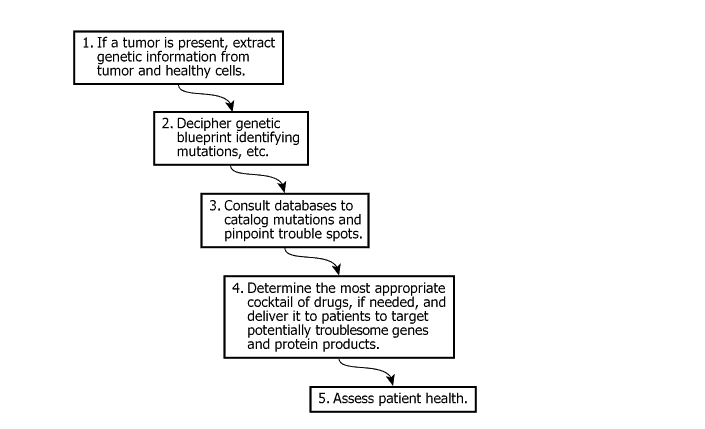Events & Promotions
|
|

GMAT Club Daily Prep
Thank you for using the timer - this advanced tool can estimate your performance and suggest more practice questions. We have subscribed you to Daily Prep Questions via email.
Customized
for You
Track
Your Progress
Practice
Pays
Not interested in getting valuable practice questions and articles delivered to your email? No problem, unsubscribe here.
- Nov 19
12:30 PM EST
-01:30 PM EST
Learn how Keshav, a Chartered Accountant, scored an impressive 705 on GMAT in just 30 days with GMATWhiz's expert guidance. In this video, he shares preparation tips and strategies that worked for him, including the mock, time management, and more - Nov 20
01:30 PM EST
-02:30 PM IST
Learn how Kamakshi achieved a GMAT 675 with an impressive 96th %ile in Data Insights. Discover the unique methods and exam strategies that helped her excel in DI along with other sections for a balanced and high score. - Nov 22
11:00 AM IST
-01:00 PM IST
Do RC/MSR passages scare you? e-GMAT is conducting a masterclass to help you learn – Learn effective reading strategies Tackle difficult RC & MSR with confidence Excel in timed test environment - Nov 23
11:00 AM IST
-01:00 PM IST
Attend this free GMAT Algebra Webinar and learn how to master the most challenging Inequalities and Absolute Value problems with ease. - Nov 24
07:00 PM PST
-08:00 PM PST
Full-length FE mock with insightful analytics, weakness diagnosis, and video explanations! - Nov 25
10:00 AM EST
-11:00 AM EST
Prefer video-based learning? The Target Test Prep OnDemand course is a one-of-a-kind video masterclass featuring 400 hours of lecture-style teaching by Scott Woodbury-Stewart, founder of Target Test Prep and one of the most accomplished GMAT instructors.
Kudos
Bookmarks
Dropdown 1: 1
Dropdown 2: 4
Be sure to select an answer first to save it in the Error Log before revealing the correct answer (OA)!
Difficulty:
 95%
(hard)
95%
(hard)
Question Stats:
27% (02:04) correct 73%
(02:17)
wrong
73%
(02:17)
wrong  based on 2499
sessions
based on 2499
sessions
History
Date
Time
Result
Not Attempted Yet

The flowchart indicates the steps in the process of comprehensive genetic tumor testing that doctors hope will provide cancer sufferers with personalized treatment. Arrows indicate the next step needed in the process.
On the basis of the information provided, select from each drop-down menu the option that creates the most accurate statement.
An arrow extending from Box 5 to Box would address the fact that tumor cells can mutate over time.
An arrow extending from Box 5 to Box would address the fact that knowledge about the effects of particular drugs on particular genetic mutations and their protein products is constantly changing.

GMAT-Club-Forum-ug1fmyfq.png [ 16.52 KiB | Viewed 5776 times ]
The flowchart indicates the steps in the process of comprehensive genetic tumor testing that doctors hope will provide cancer sufferers with personalized treatment. Arrows indicate the next step needed in the process.
On the basis of the information provided, select from each drop-down menu the option that creates the most accurate statement.
An arrow extending from Box 5 to Box would address the fact that tumor cells can mutate over time.
An arrow extending from Box 5 to Box would address the fact that knowledge about the effects of particular drugs on particular genetic mutations and their protein products is constantly changing.
ID: 700175
Attachment:
GMAT-Club-Forum-ug1fmyfq.png [ 16.52 KiB | Viewed 5776 times ]
ShowHide Answer
Official Answer
Dropdown 1: 1
Dropdown 2: 4
Kudos
Bookmarks
Here is a detailed video solution for this interesting question.
See how this question can be solved in the test environment using "Owning the Dataset" approach.
Let us know if you have any questions.
See how this question can be solved in the test environment using "Owning the Dataset" approach.
Let us know if you have any questions.
Kudos
Bookmarks
Quote:
Say a doctor performed the following steps for a patient.
1. Extract genetic info from tumour
2. Identify mutations
3. Catalog mutations and identify trouble spots
4. Determine suitable drugs and give to patient
5. Assess patient health
Now after step 5, he gets to know that:
I. Tumor cells can mutate over time.
What should he do? He should extract genetic info again from tumour after some time to check whether they have mutated. So he will need to go to step 1 again.
An arrow extending from Box 5 to Box 1 would address the fact that tumor cells can mutate over time.
ANSWER
II. Knowledge about the effects of particular drugs on particular genetic mutations and their protein products is constantly changing.
How given drugs impact different mutations keeps changing. So after step 5, the doc should check repeatedly whether there is any update on how drugs affect different mutations. If this info has changed, then he may need to change the drugs he is administering. Hence he should go back to step 4 and again determine suitable drugs to give as per latest info and then give those.
An arrow extending from Box 5 to Box 4 would address the fact that knowledge about the effects of particular drugs on particular genetic mutations and their protein products is constantly changing.
ANSWER
Attachment:
GMAT-Club-Forum-o2b91zru.png [ 16.52 KiB | Viewed 5542 times ]
















